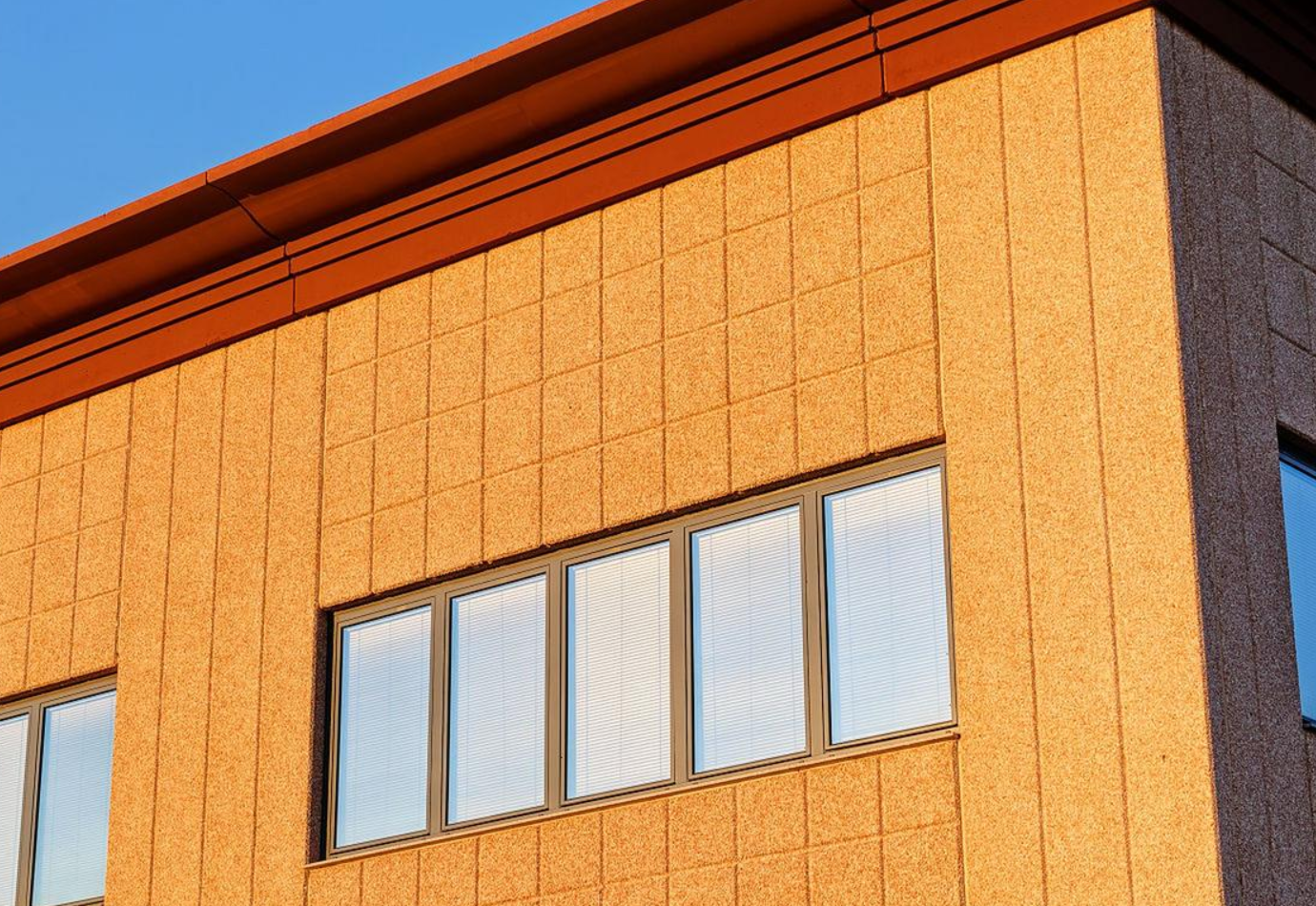The Color Principle and Color Varieties of True Stone Effect Paint
True stone effect paint creates colors through natural colored sands, calcined sands, resin rock chips, and mica flakes, with various coloring techniques like pigment mixing. It offers a wide range of colors, from monochromatic to multicolored, and can imitate different stones. Common colors include white, yellow, red, gray, blue, green, brown, and black series. This paint meets diverse architectural color needs, providing both aesthetic appeal and durability.

The Color Principle and Color Varieties of True Stone Effect Paint
I. Color Principle
- Natural Colored Sands:
- One of the main coloring substances of true stone effect paint is natural colored sands. These sands are made from natural stones such as granite and marble, which are crushed, separated, and sifted. These colored sands are rich in color and pure, forming the basis of the paint’s color.
- Different colors of natural colored sands can be mixed and matched to create a variety of color effects.
- Calcined Sands:
- Calcined sands are made by calcining natural colored sands or white sands at high temperatures. The calcination process can change the color of the sands, thus providing more color options for true stone effect paint.
- Resin Rock Chips:
- Resin rock chips are water-based environmentally friendly materials, composed of natural inorganic elements. The addition of resin rock chips can enhance the texture and color layers of true stone effect paint.
- Mica Flakes:
- Mica flakes are made from thick mica sheets and have unique luster and color, which can enhance the texture and visual effects of true stone effect paint.
- Coloring Techniques:
- Coloring with Natural Colored Sands: According to customer requirements, purchase similar-colored sands, and then manually adjust the color to achieve a realistic stone effect.
- Coloring with Dyed Sands: For some bright colors, such as bright red, since there are fewer naturally bright-colored sands, dyed sands need to be used to adjust the color depth of the paint.
- Coloring with Pigments: In the case of solid color paint coloring, pigments can be used for coloring. For light colors, high-concentration pigments can be added to white base paint for coloring, with the amount of pigment less than 5%. For dark colors, it may be necessary to use clear paint with a fixed amount of pigment for coloring.
- Mixed Coloring: The color of stone paint can also be achieved by mixing different metal oxides or other pigments. Since different colors can be flexibly mixed, a greater variety of color types can be easily obtained.
II. Color Varieties
- Monochromatic Stone Paint:
- Made with one type of colored sand, the color is uniform, and the stone imitation effect is relatively low. Due to its relatively low price, it has a large market demand and is suitable for mid-range residential areas, factories, office buildings, etc.
- Multicolored Stone Paint:
- Made from two or more types of natural colored sands combined with emulsion and additives, the colors are rich, and the stone imitation effect is more realistic, with a simulation degree that can reach 99%. It belongs to the high-end category of stone paint and is suitable for high-end hotels, office buildings, villas, and other buildings.
- Multicolored stone paint is divided into two types: water-in-water (flat surface) and water-in-sand (lychee surface).
- Rock Chip Stone Paint:
- Made from natural colored sands with the addition of resin rock chips, it is a product that imitates granite, with a high degree of realism and a strong sense of texture. It belongs to the high-end category of stone paint and is suitable for high-end hotels, office buildings, commercial buildings, and other structures.
- Tile Imitation Stone Paint:
- It is an alternative to traditional tiles. In terms of color and form, it is richer than traditional tiles, with higher quality and stronger decorative effects.
III. Common Colors
- White Series: Such as Carrara white, snow white, and cream white, which give a pure and elegant feeling.
- Yellow Series: Such as golden yellow, light yellow, beige, and ivory, which are suitable for creating a warm and bright atmosphere.
- Red Series: Such as Indian red, Chinese red, and twilight red, which are bright in color and suitable for emphasizing the individuality of buildings or creating an enthusiastic atmosphere.
- Gray Series: Such as dark gray, light gray, silver gray, and gray-green, which are suitable for buildings pursuing a simple and modern style.
- Blue Series: Such as sky blue, sea blue, and blue-gray, which give a peaceful and fresh visual effect.
- Green Series: Such as green-gray, grass green, and gray-green, which are suitable for natural and ecological-themed building designs.
- Brown Series: Such as chocolate brown, reddish-brown, and yellow-brown, which are suitable for creating a stable and retro atmosphere.
- Black Series: Such as Chinese black and ink black, which are used to emphasize the lines of buildings and a modern sense, but should be used cautiously to avoid a sense of oppression.
True stone effect paint can achieve a rich variety of color effects through various raw materials and coloring techniques, meeting the special color requirements of different building projects.
